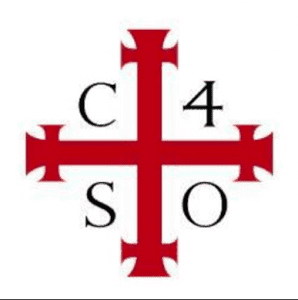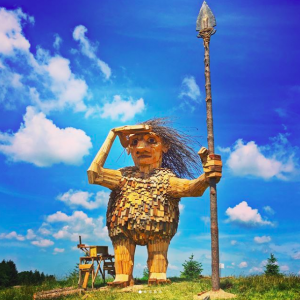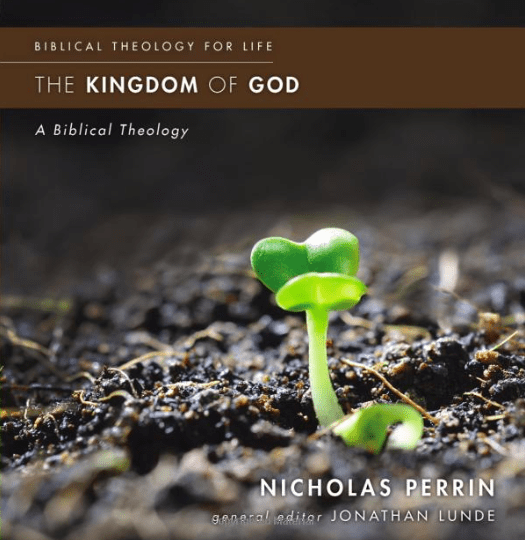IVP’s Encyclopedia of Ancient Christianity is a colossal and stunning achievement. 3220 separate dictionary entries, 266 contributors from 26 countries. There is nothing like it and there won’t be for decades… so every library has to have it, and every one who wants to study the patristics needs to have it at hand.
Briefly, it began in Italian and then was expanded into a second Italian version; there have been two English editions, but this IVP edition is the full English translation of the full second edition. This thing sells retail at $450 but is now on sale at $256. So, not 50% off but a sizable discount.
Articles on persons, places (e.g., Germany, Ravenna), themes (Body), movements (Aristotelianism, Middle Platonism, Platonism [very long]) ecclesiastical topics (Mass, Painting, Papacy, Preaching, Sanctuary, Tradition), as well as notable problems (Pelagius, Suicide) or events (Councils, Persecution) and reception history (Elijah, Paul). It’s all here; succinct and accessible.
No, I haven’t read the whole thing; nor am I an expert on the patristics but in the last few days I’ve opened EAC a number of times and have not gone away disappointed; in fact, the articles are accessible and informed and rooted in ancient texts.
I dipped into one article after another — and the individuals sketched in these articles must be in the many hundreds — including the article on “Abortion” (“morally a sin and legally a crime” but rooted in God as the one who gives life). No study of the patristics can reduce evidence to texts so the entry on Abraham illustrates a wonderful feature of EAC : both texts and iconography. We get Paul stuff and allegorical interpretations of Abraham’s life (not unlike Philo) and emerging orthodox theology (Trinitarian) showing up in Abraham as well. Not surprisingly, the iconography focuses on the near-sacrifice of Isaac. A very nice article on African Christianity and on Alexandria. An extensive article on Arius but even more on Athanasius’s life and thought, including a spectacular bibliography. Baptism is another article I looked into — and it seems not interested in the sort of “mode” discussion that many want to engage. It sees walking into water up to the waist and then being poured over with water (infusion). I enjoyed the brief sketch of Divinization, a theme that develops notably among the Greeks in the patristics. On divorce, remarriage was much more restricted than today. The entry on War knows the church shifted especially after Constantine and Augustine.
The approach of the more substantive articles — say Ecclesiology or Grace (splendid) or Mary — is not a synthesis of THE patristic view but a commendable, patient, often unsynthesized discussion of the evidence and therefore an approach that delineates diversity more than synthesis. The article, for instance, on Justification is brief, but includes both forgiveness and transformation. Kingdom is brief, too, and focuses more on various ideas.
The approach is also noticeably not Protestant — it is patristic in categories and approach (so there’s an entry on Christ the Physician) — and that means topics so important in some discussions (say atonement) are not even found (there is a good article on expiation, with plenty of room of divergence, nothing on substitution). The topics then are devised by those who think like the patristics and not like Protestants or modern Western Christians. This might mean some readers will need to dig around to find where a discussion can be found — like “heaven” — no article. But there is one on Eternity and a bit on Kingdom, and a big article on Funerary Rites (probably ignored in most theological dictionaries today).











